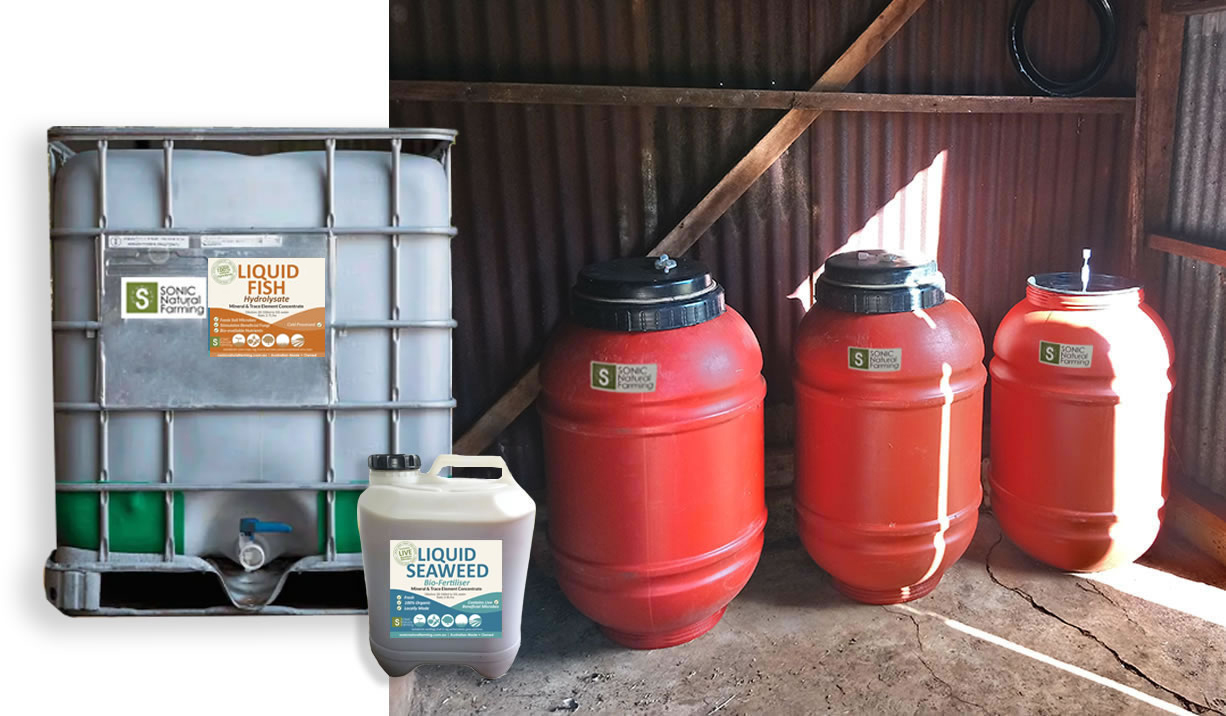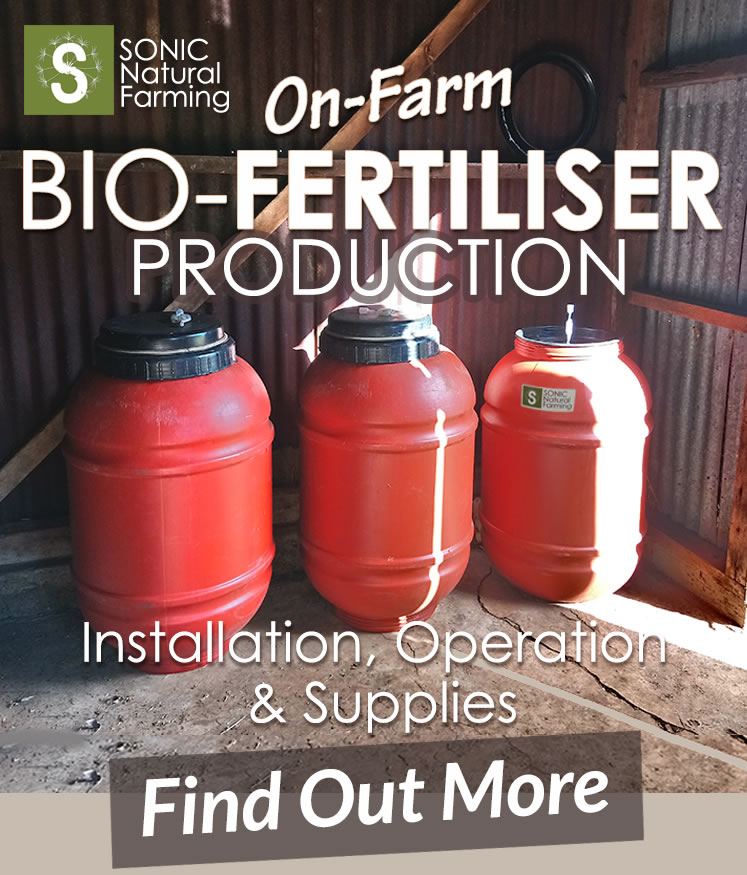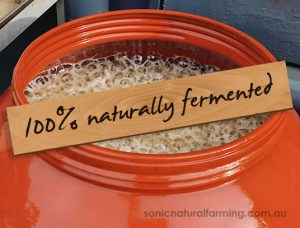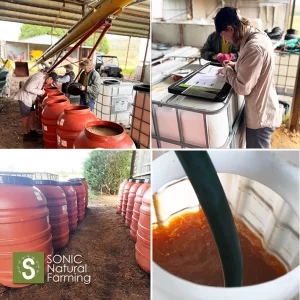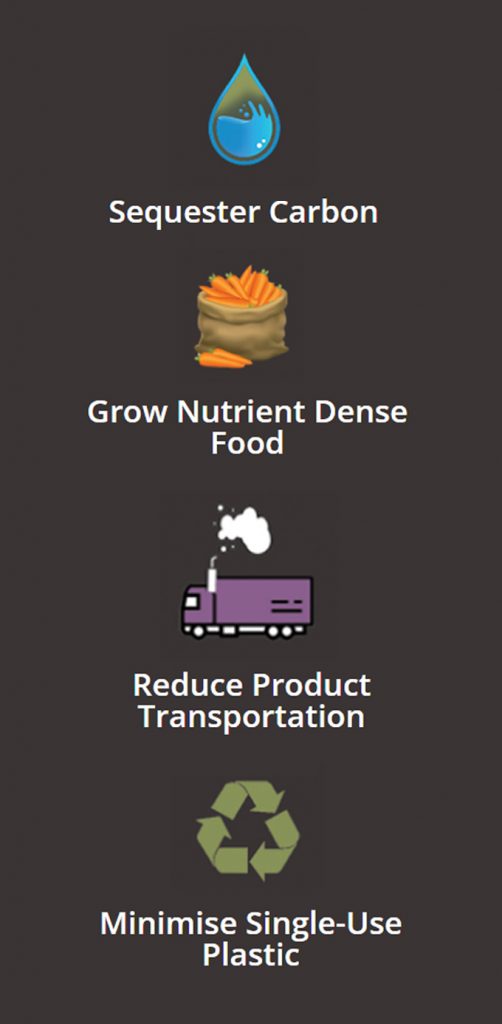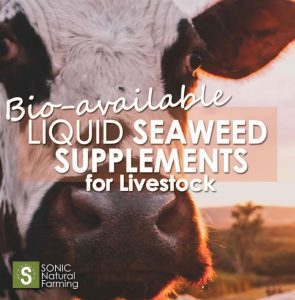Comfrey, Symphytum officinale, a versatile plant known for its remarkable properties, probably has the widest range of uses in a permaculture system of any plant. Comfrey contains Vitamins A, B1, B2, B3, B5, B6, B9, B12, C and E, as well as phosphorous, potassium, calcium, magnesium, manganese, boron, chromium, cobalt, copper, iodine, iron, selenium, sodium and zinc. In this article you will discover what Comfrey is used for, in the garden and on the farm.
1. Compost Activator and Accelerator
Comfrey has gained attention for its ability to activate compost and potentially replace manure in garden composts and farming practices. The vast array of essential nutrients in comfrey benefits the nutrient value of both compost and soil.
Comfrey’s high nitrogen content makes it an excellent source of organic fertiliser. When added to compost piles, or used as a green manure crop, it accelerates the decomposition process and enhances the nutrient content of the resulting compost.
As comfrey has deep roots, in can draw up minerals that other plants can’t reach, which in turn can benefit plants growing nearby. Comfrey’s silica content contributes to the structural integrity of plants and aids in their resistance against pests and diseases.
Gardeners and farmers have found comfrey to be particularly beneficial for enriching soil fertility in a compost. The presence of magnesium in the soil, attributed to the addition of comfrey, assists in chlorophyll production in plants, while calcium promotes strong cell walls.
Furthermore, other nutrients in comfrey, such as potassium, plays a vital role in overall plant health by regulating water uptake and improving disease resistance. Furthermore, iron plays an essential role for plant photosynthesis and helps prevent leaf yellowing.
Due to these valuable properties, comfrey has become a popular choice among environmentally conscious gardeners seeking natural alternatives to synthetic fertilisers. Its ability to activate compost effectively offers an eco-friendly solution that can reduce reliance on traditional synthetic sources.
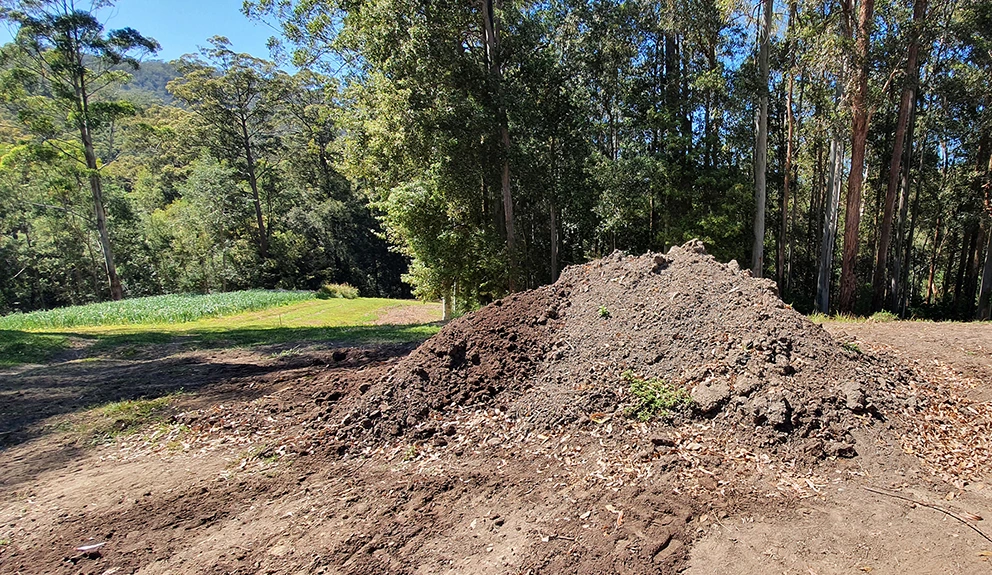
Producing fertile soil at Mirrum Creek Organics, NSW, Australia (above image). Read article ‘The Why and How of Fermentative Composting’
2. How to Use Comfrey as a Mulch
Comfrey leaves offer a multitude of benefits when used as green mulch in the garden. Not only do they provide a natural and organic way to enrich the soil, but they also contribute valuable minerals as they break down over time.
One common use of comfrey leaves is to trim them and spread them around the garden as green mulch. As the leaves decompose, they release nutrients such as nitrogen, potassium, and phosphorus into the soil. This helps to improve soil fertility and promotes healthy plant growth.
In addition to using comfrey leaves as green mulch, they can also be dried and ground into a powder. This powdered form can then be sprinkled directly onto the soil. By doing so, it acts as a slow-release fertiliser, providing a steady supply of nutrients to plants throughout their growing season.
The use of comfrey mulch offers an environmentally friendly alternative to synthetic fertilisers, while promoting sustainable gardening practices. It not only enhances soil health but also reduces weed growth and conserves moisture in the garden.
Overall, incorporating comfrey leaves, as mulch, into your gardening routine can be a beneficial practice that contributes to healthier plants and more productive gardens.
3. How to Use Comfrey Leaves to Reduce Plant Transplant Shock
Comfrey can be a game-changer when it comes to reducing transplant shock for your trees, shrubs, or herbs. By simply placing comfrey leaves in the hole during the transplantation process, you are providing your plants with a natural source of essential nutrients like potassium, nitrogen, and trace minerals.
As the comfrey leaves decompose rapidly, they release these vital nutrients into the soil, creating a nourishing environment for your newly transplanted greenery to thrive in. This organic approach not only aids in reducing transplant shock but also supports the overall health and growth of your plants as they establish themselves in their new surroundings.

4. Make Nutrient-Rich Comfrey Tea
Comfrey possesses a remarkable ability that sets it apart from other plants – its deep roots. These roots delve deep into the soil, extracting valuable nutrients and minerals which are then concentrated in its lush leaves.
When these nutrient-rich comfrey leaves are steeped in water, they release their goodness, creating a natural and cost-effective tea for plants. This nutrient-dense tea acts as a potent fertiliser, providing essential nourishment to your garden or crops.
Harnessing the strengths of comfrey not only benefits your plants but also promotes sustainable gardening practices. By utilising this natural resource, you can enhance the health and vitality of your garden while minimising the need for synthetic fertilisers.
5. Turn Comfrey into Biological Fertiliser
Another use for Comfrey is to make it into a Biological Fertiliser for an excellent soil conditioner. Biological Fertiliser can be made through a cold fermentation method, using a microbial Starter Culture.
To rid the bad smells of making Biological Fertilisers, you can use a Starter Culture of beneficial microbes which helps to speed up the fermentation process. It also balances the beneficial bacteria, and eliminates odour.
The rate for Comfrey Liquid Biological Fertiliser would be 30-80ml to 10 L water, either applied to the garden or used to inoculate the compost.

Biologically active liquid fertiliser (above image). Read article ‘Liquid Fertiliser Vs Dry Fertiliser’
6. Make a Tree Healing Salve
Comfrey adds potassium, nitrogen and trace nutrients plus the leaves hold allantoin, a proven healer that encourages cell proliferation. Comfrey can be used as a poultice for tree bark damage and even for reviving orchard trees.
The way tree revival can work with comfrey is to rub the comfrey leaves all over the trunk of the tree and put the leaves around the base (even bury them in ground mulch if there is any).
A poltice is usually made up of crushed green comfrey leaves. Place the wet comfrey onto the damaged area of the tree and bandage it so that it stays on, then let it do it’s work!
7. How to Use Comfrey for Animal Forage
Comfrey, with its high protein content of 20-30% and mineral-rich composition, is a favored feed option for bees and chickens. These animals are known to benefit from the nutritional value that comfrey provides. However, it is important to note that large quantities of comfrey can lead to toxicity issues in grazing animals.
When using comfrey as an addition to chicken feed, it is essential to take precautions and ensure that the quantity provided is within safe limits. While chickens can enjoy the benefits of comfrey as a supplement to their diet, excessive consumption may have adverse effects on their health.
For other grazing animals, such as cows or horses, it is recommended to exercise caution when introducing comfrey into their diet. Due to the potential toxicity concerns associated with large quantities of comfrey consumption, it is advisable to consult with a veterinarian or animal nutritionist before incorporating it into their feed regimen.
In summary, while bees and chickens can benefit from the nutritional properties of comfrey with its high protein content and minerals, responsible usage and moderation are key when feeding this plant to grazing animals. Taking necessary precautions will help ensure the well-being and health of the animals.
Overall, comfrey is a fantastic perennial herb, and like growing any herb, would also benefit from regular applications of Biological Fertiliser such as Liquid Seaweed and Fish Hydrolysate.
Happy Growing!



